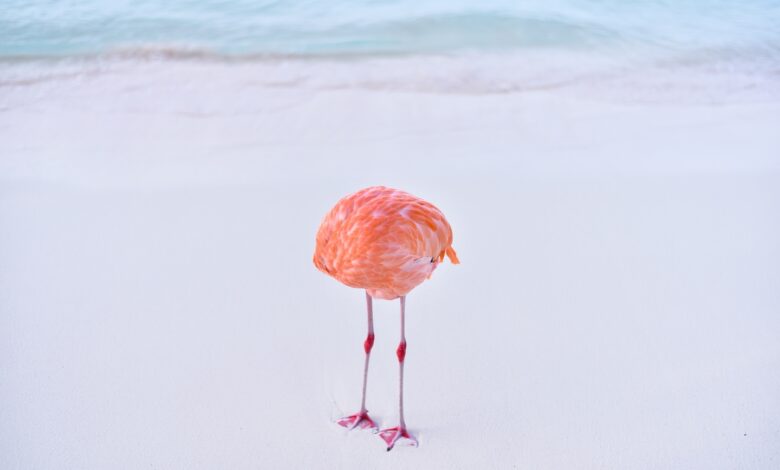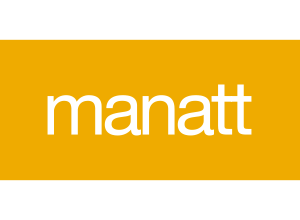Photo of headless flamingo that won an AI award turns out to be real

Astray’s entry — which had won both third place in the category and the People’s Vote award — was disqualified after the photographer revealed the truth. However, Astray told The Washington Post, “F L A M I N G O N E” accomplished its mission nonetheless: sending a poignant message to a world grappling with ever-advancing, powerful technology and the profusion of fake images it brings.
“My goal was to show that nature is just so fantastic and creative, and I don’t think any machine can beat that,” Astray told The Post. “But, on the other hand, AI imagery has advanced to a point where it’s indistinguishable from real photography. So where does that leave us? What are the implications and the pitfalls of that? I think that is a very important conversation that we need to be having right now.”
When it comes to AI-generated photos, much attention has fallen on its bizarre results: the Pope clad in a Balenciaga-style puffer jacket, a melted-face Elon Musk tanning on Mars, a flood of people with too many teeth or too many fingers. Yet the technology has also enabled the proliferation of deepfakes — images that could be used for more nefarious goals, such as upending elections or spreading disinformation. In creative circles, it’s led to debates about job security and fair compensation. It’s all resulted in worldwide calls to regulate the technology.
GET CAUGHT UP
Stories to keep you informed
As Astray sees it: “Technology itself is not inherently good or bad. It’s how we apply it, right? So I think we really need to get ahead of that now; otherwise, it’s going to be very difficult to catch up with it.”
That’s partly what prompted Astray to engage in some trickery, which was inspired by similar stunts in recent years. But those other cases have involved AI-generated images winning photography prizes — “that’s why I approached this from the other side.”
For about two years, the 38-year-old globe-trotting photographer had been mulling over the “surreal photo of an already surreal-looking type of bird” he had shot on a pristine beach off the coast of Aruba. That sunny day, Astray had left around 5 a.m. on the first boat bound to a tiny island known for its flock of flamingos, hoping to beat the crowds. When he got there, he spotted a bright pink bird “doing its morning routine” and cleaning its feathers, he said. The “very lucky shot” captured the flamingo mid belly scratch.
Over the last few years, he thought the funny-looking bird could be the perfect medium for his AI protest, “but there weren’t a lot of competitions with the category.” Opportunity came knocking late last year when the Creative Resource Collective asked whether he’d like to enter the 1839 Awards’ Color Photography Contest, which is judged by an array of industry experts from the Centre Pompidou, the New York Times and Getty Images, among others.
“I felt bad about deceiving them,” said Astray, who added that he disclosed to Creative Resource Collective that the image was not AI-generated when the organization emailed him to let him know he had won. “And it goes without saying that they made the right decision in disqualifying me out of fairness to the other participants in that category that submitted real AI imagery.”
In a statement to The Post, Lily Fierman, director of Creative Resource Collective, said that while the organization fully appreciates the “powerful message Miles relayed with his submission,” it moved to disqualify him because Astray’s image didn’t meet the category’s requirements.
The stand-alone AI category, the first in the contest’s history, Fierman said, “was intended to be a space for artists working in this new medium. For example, we didn’t want folks who travel to the ends of the Earth to capture incredible animals or landscapes to compete with AI.”
Nevertheless, she added, “we hope this will raise awareness (and send a message of hope) to other photographers who are worried about AI.” Now, Fierman added, Creative Resource Collective is working with Astray to publish a blog post on the topic. “As an artist, his voice will make a difference in this conversation,” she said.
Astray, whose work focuses on “capturing the world as-is,” said he wasn’t expecting that positive reaction — nor the hundreds of “hilarious, thoughtful and heartfelt comments” he has received across social media.
“All those are human qualities that AI can never replicate or relate to,” he said. “I think that’s beautiful and it’s a part of that message that I initially wanted to send. Actually, all of that combined is the message.”



